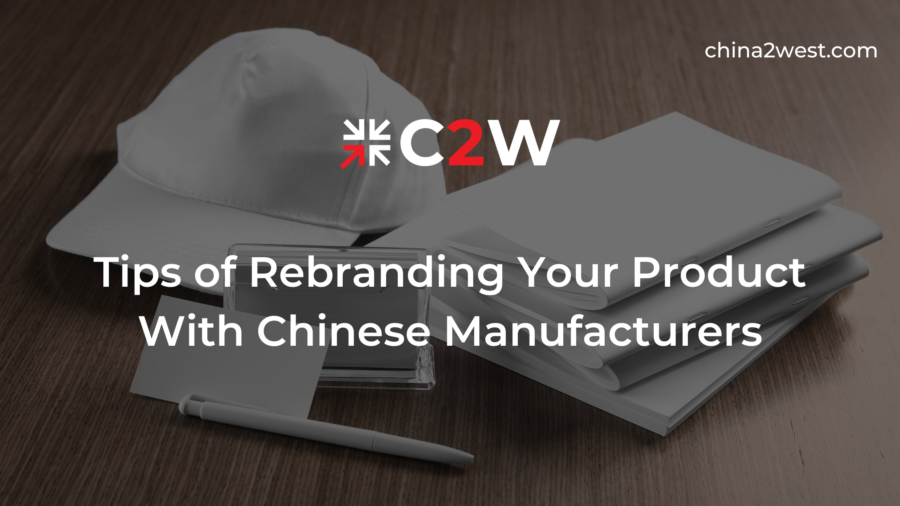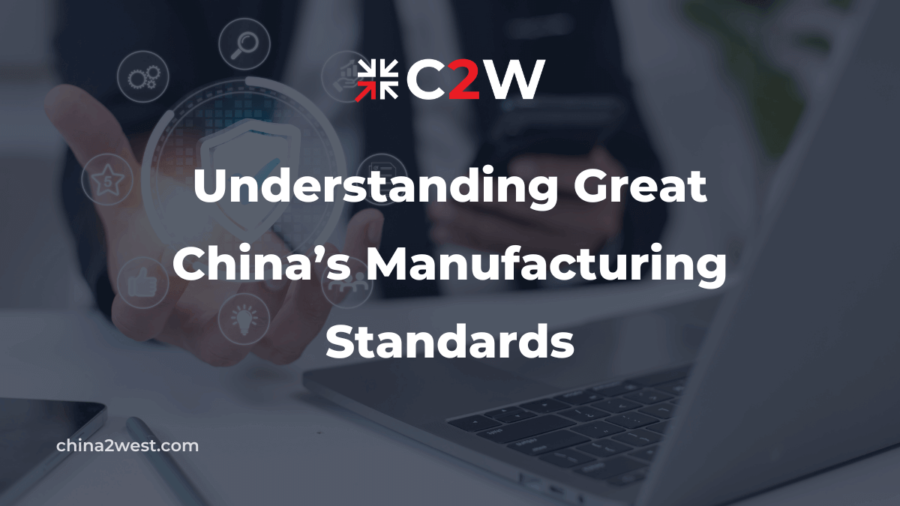Are you looking to rebrand your product and tap into the vast capabilities of Chinese manufacturers? Rebranding can breathe new life into your products, and China is a prime destination for businesses seeking quality manufacturing at competitive prices.
Rebranding is a powerful tool that can revitalize your product and drive your business to new heights. It’s not just about changing a logo or a label; it’s a strategic move to give your product a fresh identity that resonates with your target audience.
In this guide, we’ll walk you through the tips and strategies for rebranding your product with Chinese manufacturers. Let’s delve into the key steps that will guide you towards a successful rebranding journey.
Finding the Right Chinese Manufacturer: Your Rebranding Partner
One of the most crucial aspects of rebranding is selecting the right Chinese manufacturer to partner with. Your choice of manufacturer can make or break your rebranding endeavor.
So, how do you go about choosing the perfect partner?
Expertise
Look for a manufacturer with a track record in your industry. They should have the knowledge and experience to meet your specific product requirements.
Quality Control
Quality is paramount. Ensure the manufacturer has stringent quality control processes in place to maintain product excellence consistently.
Communication
Effective communication is the cornerstone of a successful partnership. Make sure you can communicate seamlessly with your manufacturer to avoid misunderstandings and delays.
Cost-efficiency
While you want quality, it’s also important to manage costs. China offers competitive pricing, but you must strike a balance between quality and affordability.
Designing Your New Brand Image
Once you’ve found the right manufacturing partner, it’s time to shape your product’s new identity. Rebranding goes beyond superficial changes – it’s about creating a brand image that genuinely resonates with your target audience.
When designing your new brand image, consider the following:
Reflect Your Values
Ensure that your rebranding aligns with your company’s values and vision. A brand that stands for something meaningful is more likely to gain the trust of consumers.
Market Research
Understand your target market inside and out. Tailor your product to meet their specific needs, preferences, and pain points.
Unique Selling Proposition (USP)
Identify what sets your product apart from the competition. Highlight this unique value in your rebrand to attract customers.
Visual Identity
Craft a compelling logo, packaging, and overall design that tells your brand story. A visually appealing product can leave a lasting impression.
Ensuring Quality Control and Compliance
Quality control is non-negotiable when rebranding your product with Chinese manufacturers. Subpar products can tarnish your brand’s reputation, and no business can afford that. Here’s how you can ensure top-notch quality and compliance:
Factory Visits
Make on-site visits to the manufacturer’s facilities. This hands-on approach allows you to inspect the manufacturing process and quality standards, giving you a firsthand view of the product’s journey from raw materials to the finished product.
Third-Party Inspection
Employing third-party inspection services is a smart move. These independent experts can verify product quality objectively and impartially, offering you peace of mind.
Legal Compliance
Ensure that your chosen manufacturer adheres to all relevant regulations and standards, both domestic and international. This includes everything from product safety standards to environmental regulations. Compliance is not an option – it’s mandatory.
Challenges and Solutions: Overcoming Hurdles in Rebranding
Rebranding with Chinese manufacturers does come with its unique set of challenges. Understanding these hurdles is the first step towards successfully overcoming them.
Cultural and Language Barriers
Chinese culture and language may be vastly different from your own, and bridging this gap is essential. Overcoming these barriers requires patience and understanding.
Cultural Sensitivity
Show respect for Chinese customs and traditions. Understanding and honoring cultural norms will go a long way in building positive relationships.
Language Support
Effective communication is the key to a successful partnership. Use professional translators or hire bilingual staff who can facilitate communication seamlessly, reducing the risk of misunderstandings.
Intellectual Property Concerns
Protecting your intellectual property is crucial when working with Chinese manufacturers. To address this concern, you should take several precautionary steps.
Legal Documentation
Ensure that you have clear and comprehensive contracts and agreements in place. These should explicitly define your expectations, responsibilities, and the protection of your intellectual property.
Intellectual Property Registration
Register your intellectual property in China to safeguard your rights. This registration helps you enforce your claims in the event of any infringements.
Logistics and Shipping
Managing the logistics of shipping products from China to your destination can be a complex task. But with the right approach, you can streamline this process.
Logistics Partners
Collaborate with experienced logistics partners who have a track record of handling international shipping efficiently. Their expertise can help you navigate the intricacies of international logistics.
Timely Planning
Meticulous planning of your production and shipping schedules is crucial to avoid delays. Delays can disrupt your supply chain and impact your business, so plan ahead to ensure timely delivery to your customers.
Rebranding Costs and Considerations
Rebranding costs can vary significantly based on the scope of your project. It’s essential to work closely with your chosen manufacturer to get accurate cost estimates and create a budget that aligns with your goals.
Transforming Existing Products
Rebranding is not limited to new product development. Chinese manufacturers can help you transform an existing product to meet your new branding goals. This approach can save you time and resources compared to creating a new product from scratch.
Protecting Your Product Design
To protect your product design during the rebranding process, consider applying for design patents or copyrights. Additionally, include confidentiality clauses in your agreements with the manufacturer to safeguard your intellectual property.
Common Mistakes to Avoid
Several common mistakes can hinder your rebranding efforts. Rushing the process, neglecting quality control, and failing to understand the Chinese business culture are pitfalls to avoid. Taking the time to research, plan, and execute your rebranding project carefully is essential for success.
Eco-Friendly Rebranding
Many Chinese manufacturers offer eco-friendly and sustainable production options. When selecting a manufacturer, inquire about their sustainability practices and certifications. Rebranding with a focus on sustainability can enhance your brand’s reputation and appeal to environmentally-conscious consumers.
Rebranding your product with Chinese manufacturers can be a game-changer for your business. It’s a strategic move that requires careful planning, choosing the right partner, and ensuring quality control. By following the tips and strategies outlined in this guide, you can embark on a successful rebranding journey that transforms your product and resonates with your target audience.
Working with a Chinese manufacturer like C2W, with nearly two decades of industry experience and giant network of suppliers in the region, you’ll get there much faster. Don’t hesitate to reach out to us if you have any more questions or need further guidance on your rebranding project.


